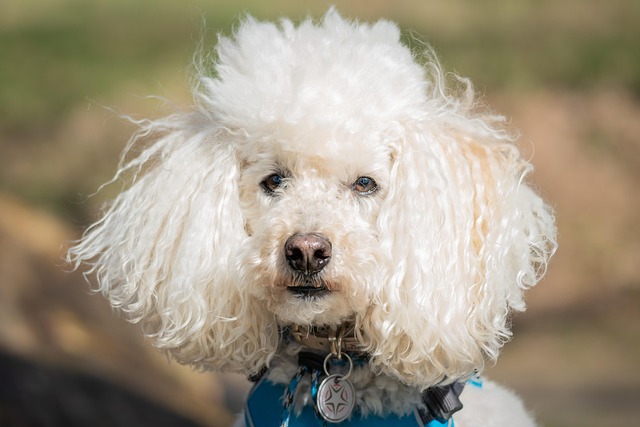
what is the difference between senior dog food and regular
If you’ve stood in the pet food aisle staring at bags labeled “regular” and “senior,” wondering if the extra cost is worth it for your 8-year-old Pug, you’re not alone.
Watching a dog’s tail wag furiously at the sight of a treat is one of the sweetest parts of pet parenthood. Those little rewards aren’t just about spoiling your pup—they’re powerful tools for training, bonding, and making your dog feel loved. But giving a treat the right way matters more than you might think. Do it wrong, and you could end up with a dog that begs nonstop or ignores commands unless there’s food involved.
Timing is everything when handing out treats. If you’re training, give the treat immediately after your dog does what you ask—within two seconds, tops. That way, they connect the action (like sitting or staying) with the reward. Wait too long, and they might not make the link. For example, if you ask for a “sit” and they plop down, toss the treat right as their bottom hits the floor. It’s like saying, “Yes! That’s exactly what I wanted.” Random treats—just because they’re cute—are fine, but save most for when they earn them. That keeps treats special and keeps your dog motivated.
Choosing the right treat size helps, too. Big, chewy treats are great for downtime, but during training, you need tiny bits—think pea-sized. That way, your dog can gobble them up quickly and get back to focusing on you. Overly large treats slow down training sessions and can lead to overeating. Also, consider your dog’s diet: too many treats add extra calories, which can cause weight gain. Aim for treats to make up no more than 10% of their daily calories. Look for options with simple ingredients—no added sugars or weird chemicals. Many vets recommend freeze-dried meat treats, which are low in filler and high in flavor.
 How you give the treat matters as much as when. Hold it gently between your fingers, not in a tight fist—you don’t want to encourage nipping. If your dog jumps up to grab it, pull the treat away and wait for them to sit or stand calmly. Then give it to them slowly, saying “good boy” or “good girl” in a happy tone. This teaches them that calm behavior gets rewards, while jumping or snatching doesn’t. Avoid tossing treats on the ground unless you’re teaching a “find it” game—letting them scavenge can lead to begging at mealtimes or eating things off the floor they shouldn’t.
How you give the treat matters as much as when. Hold it gently between your fingers, not in a tight fist—you don’t want to encourage nipping. If your dog jumps up to grab it, pull the treat away and wait for them to sit or stand calmly. Then give it to them slowly, saying “good boy” or “good girl” in a happy tone. This teaches them that calm behavior gets rewards, while jumping or snatching doesn’t. Avoid tossing treats on the ground unless you’re teaching a “find it” game—letting them scavenge can lead to begging at mealtimes or eating things off the floor they shouldn’t.
It’s also smart to keep local guidelines in mind, especially when it comes to treat ingredients. Some regions have rules about what can be labeled as pet food, and sticking to approved products ensures you’re not accidentally giving your dog something harmful. Plus, if your dog has health issues like diabetes or allergies, your vet can recommend safe treats that fit their needs. What works for one dog might not work for another—age, breed, and health all play a role.
At the end of the day, treats are about more than food—they’re a way to say “I see you” and strengthen your bond. The best way to give a treat is with intention: at the right time, in the right amount, and with a little love. When done well, it turns training into a fun game and makes every small win feel like a celebration for both of you. Before you know it, your dog will be eager to learn, and you’ll both look forward to those little moments of joy.

If you’ve stood in the pet food aisle staring at bags labeled “regular” and “senior,” wondering if the extra cost is worth it for your 8-year-old Pug, you’re not alone.
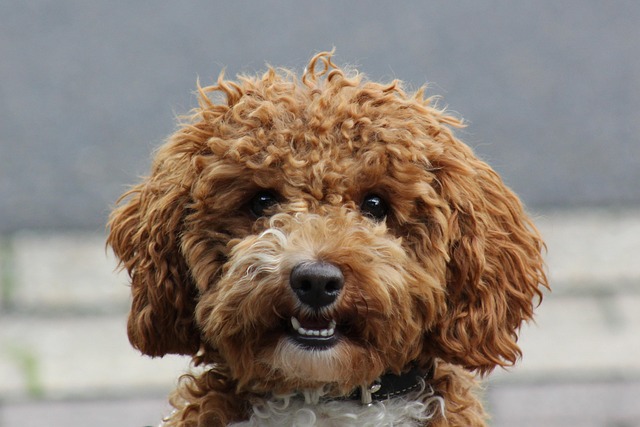
If you’ve noticed your 7-year-old Golden Retriever slowing down on walks or leaving a few kibbles in their bowl, you might be wondering: Is it time to switch to senior dog food?
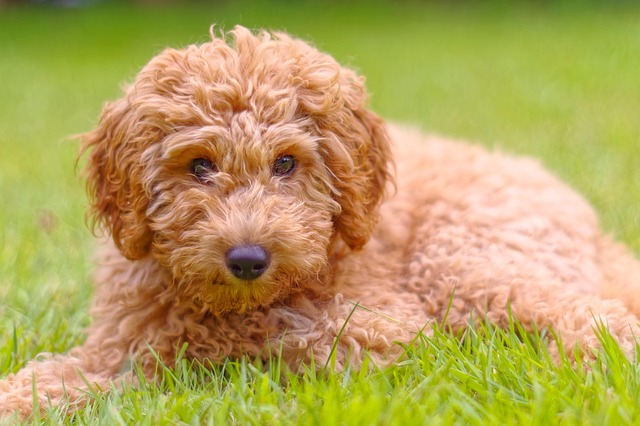
If you’ve woken up to a messy surprise on your living room rug or noticed your dog darting to the door every 10 minutes with loose stools, you know how stressful dog diarrhea can be
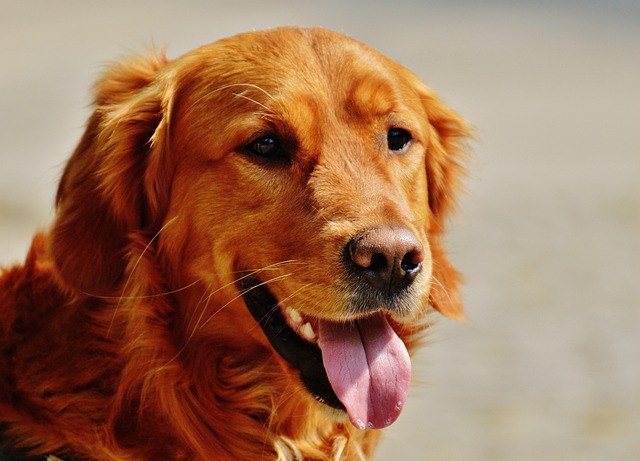
It’s common for dog owners to worry when they notice their pup’s ribs sticking out more than usual, or when they can easily feel every bone while giving belly rubs.
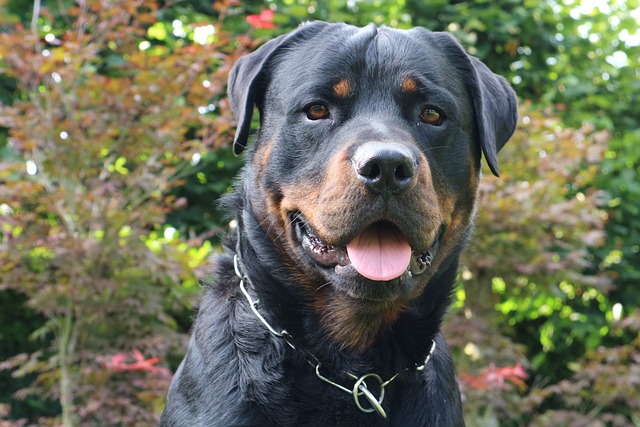
As a new dog owner, you might notice moments when your furry friend seems off—perhaps a sudden lack of energy, a gurgly stomach, or irregular potty habits.

Most healthy adult German Shepherds can go 3 to 5 days without eating, but this doesn’t mean it’s safe or recommended.